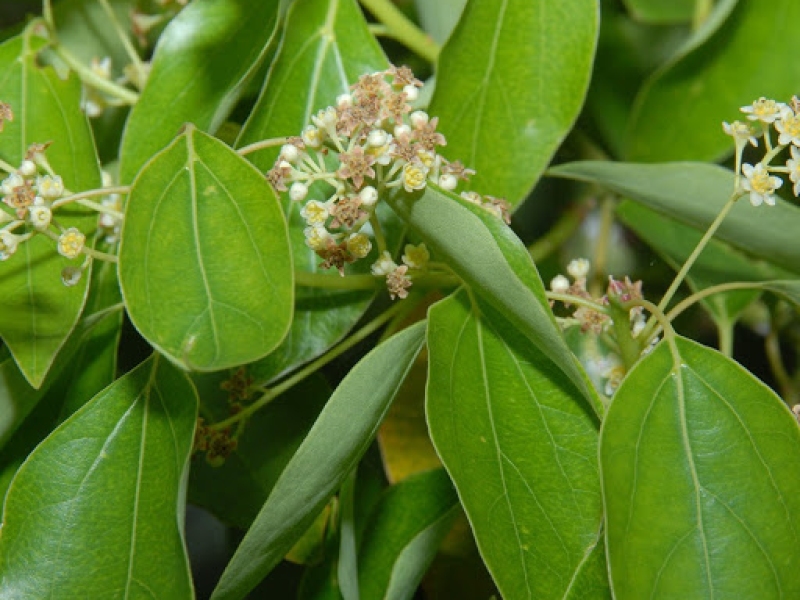

Beautiful, grandiose evergreen tree, with an expanded, round and thick crown, with a rapid growth and origins in East Asia: when fully developed it can reach 20 meters in height. The stems, which in a juvenile stage are characteristically endowed with a bright green bark, bear ovate, leathery, alternate and green leaves which, when wrinkled and broken, release the pleasant smell of camphor. The flowers, small and yellowish, appear, gathered in lasse inflorescences, at the apexes of the branches in spring and are followed in autumn by small blackish spherical fruits. From the roots and wood of this tree we get that substance known as "camphor" which has various phytotherapeutic properties such as, for example, anti-inflammatory and analgesic, soothing and antimicrobial action: it is still used as a repellent for moths that can colonize our closets and in oily form for pre-competitive muscle massages.
The staff of Vivai Capitanio has his own catalogue with all the plants in the store and that grows in our greenhouse. Use this button to download the latest version.
PAper catalogue is available only for professionals. Fill the form to receive it by post: